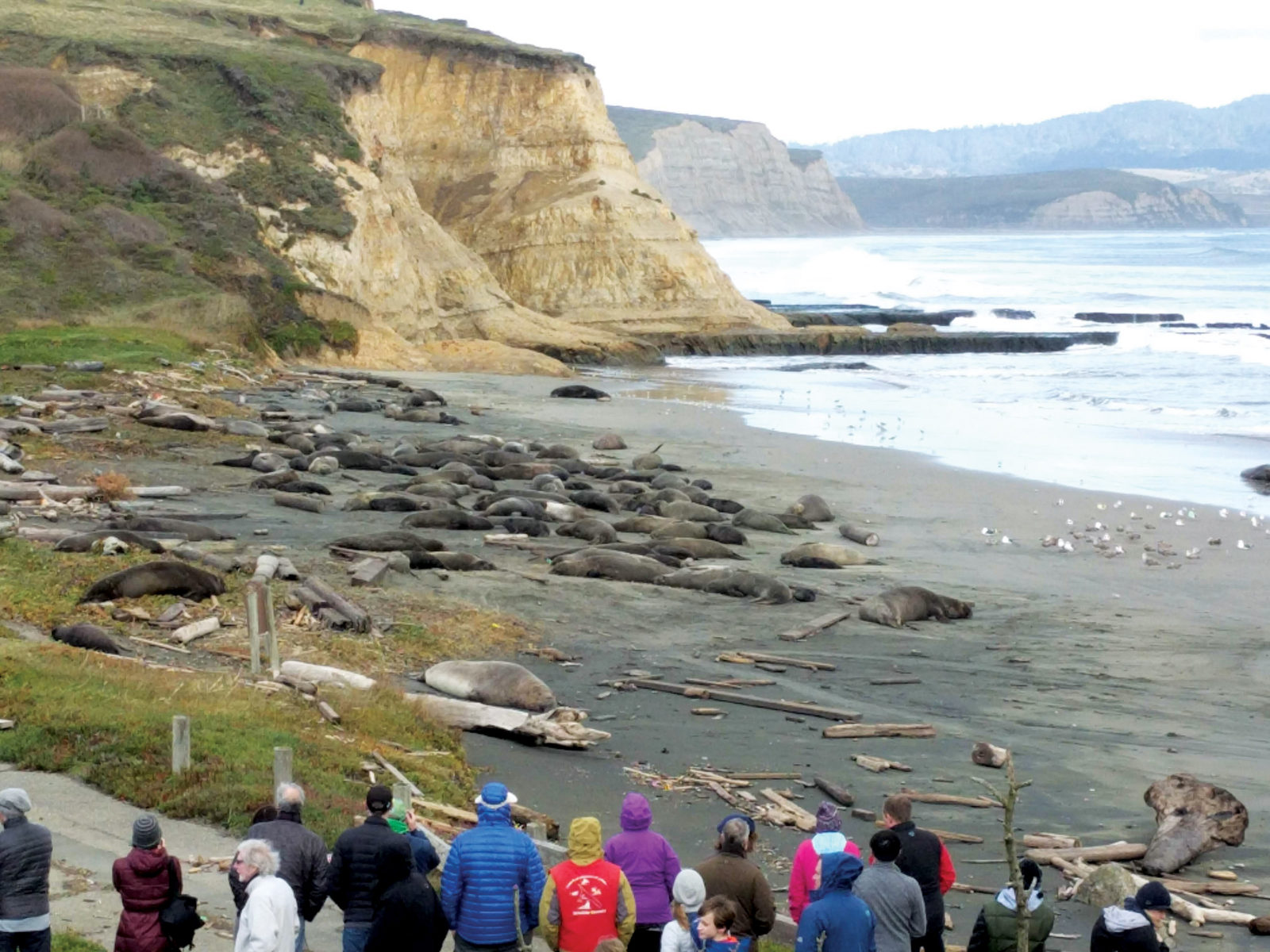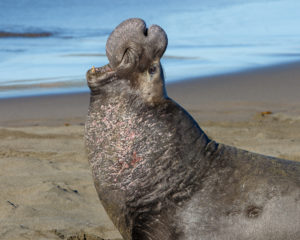Once humans pull back, how long does it take charismatic megafauna to show up and claim—or reclaim—territory? If you’re an elephant seal, fewer than 35 days, apparently. After the December-January government shutdown, the longest in U.S. history, park staff at Point Reyes National Seashore returned to find a colony of elephant seals on Drakes Beach. Staff usually shoo them away by waving blue tarps, but absent government workers—and perhaps driven from nearby Chimney Beach by storms—many calving mothers, 52 pups, and a few enormous bulls, which can weigh more than a large car, had shown up. Park staff will allow the animals to stay but expect them to leave in April when the pups wean. Until then Drakes Beach and its access road are closed to the public during the week, with limited elephant seal viewing on weekends.
Their takeover of the beach raises a larger question. In his 2007 book The World Without Us, author Alan Weisman asked, “How would the rest of nature respond if it were suddenly relieved of the relentless pressures we heap on it and our fellow organisms?” A less dramatic version of that question is, what animals might show up if we backed off just a little? Now we have a few answers to that query. After tighter regulations on bait, traps, and hunting, coyotes have (re)colonized San Francisco. Absent trapping and following deliberate reintroduction, southern sea otters have recovered around Monterey. California cougars have increased since people stopped hunting them in the late 20th century, and in some cases they now live quietly right alongside us. Wolves are gradually repopulating Northern California. And it took fewer than 35 days for elephant seals to claim a beach often mobbed by people.





